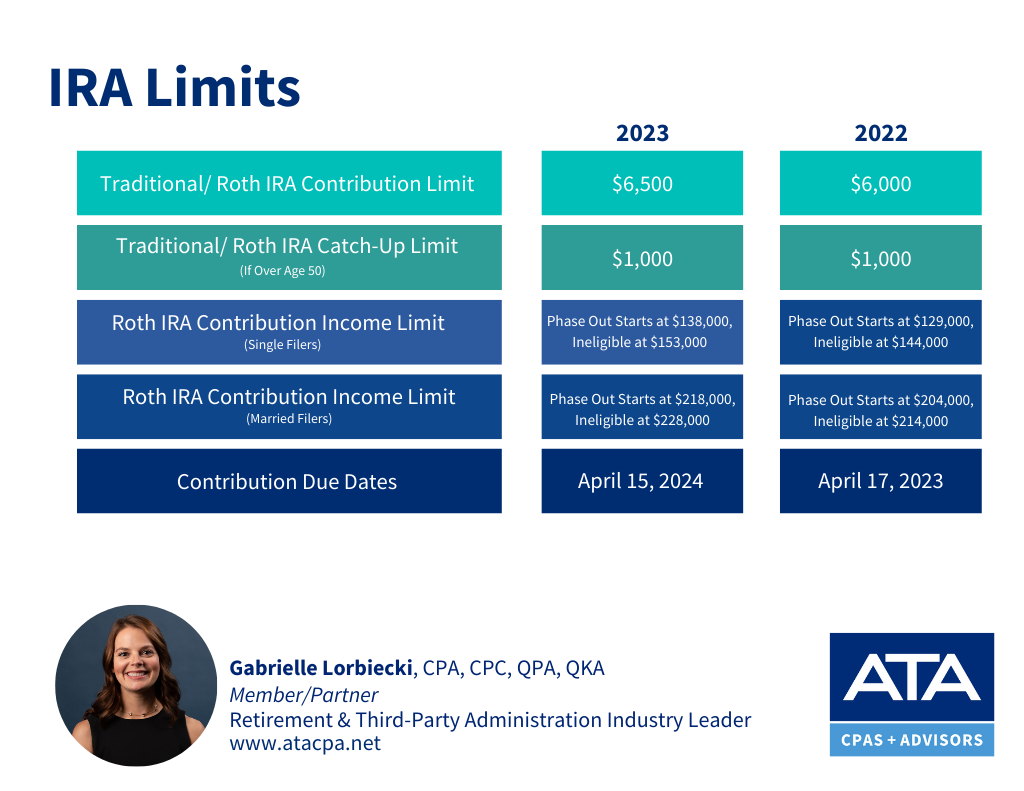Let’s say you plan to use a C corporation to operate a newly acquired business or you have an existing C corporation that needs more capital. You should know that the federal tax code treats corporate debt more favorably than corporate equity. So, for shareholders of closely held C corporations, it can be a tax-smart move to include in the corporation’s capital structure:
- Some third-party debt (owed to outside lenders), and/or
- Some owner debt.
Tax rate considerations
Let’s review some basics. The top individual federal income tax rate is currently 37%. The top individual federal rate on net long-term capital gains and qualified dividends is currently 20%. On top of this, higher-income individuals may also owe the 3.8% net investment income tax on all or part of their investment income, which includes capital gains, dividends and interest.
On the corporate side, the Tax Cuts and Jobs Act (TCJA) established a flat 21% federal income tax rate on taxable income recognized by C corporations.
Third-party debt
The non-tax advantage of using third-party debt financing for a C corporation acquisition or to supply additional capital is that shareholders don’t need to commit as much of their own money.
Even when shareholders can afford to cover the entire cost with their own money, tax considerations may make doing so inadvisable. That’s because a shareholder generally can’t withdraw all or part of a corporate equity investment without worrying about the threat of double taxation. This occurs when the corporation pays tax on its profits and the shareholders pay tax again when the profits are distributed as dividends.
When third-party debt is used in a corporation’s capital structure, it becomes less likely that shareholders will need to be paid taxable dividends because they’ll have less money tied up in the business. The corporate cash flow can be used to pay off the corporate debt, at which point the shareholders will own 100% of the corporation with a smaller investment on their part.
Owner debt
If your entire interest in a successful C corporation is in the form of equity, double taxation can arise if you want to withdraw some of your investment. But if you include owner debt (money you loan to the corporation) in the capital structure, you have a built-in mechanism for withdrawing that part of your investment tax-free. That’s because the loan principal repayments made to you are tax-free. Of course, you must include the interest payments in your taxable income. But the corporation will get an offsetting interest expense deduction — unless an interest expense limitation rule applies, which is unlikely for a small to medium-sized company.
An unfavorable TCJA change imposed a limit on interest deductions for affected businesses. However, for 2024, a corporation with average annual gross receipts of $30 million or less for the three previous tax years is exempt from the limit.
An example to illustrate
Let’s say you plan to use your solely owned C corporation to buy the assets of an existing business. You plan to fund the entire $5 million cost with your own money — in a $2 million contribution to the corporation’s capital (a stock investment), plus a $3 million loan to the corporation.
This capital structure allows you to recover $3 million of your investment as tax-free repayments of corporate debt principal. The interest payments allow you to receive additional cash from the corporation. The interest is taxable to you but can be deducted by the corporation, as long as the limitation explained earlier doesn’t apply.
This illustrates the potential federal income tax advantages of including debt in the capital structure of a C corporation. Contact us to explain the relevant details and project the tax savings. © 2024









